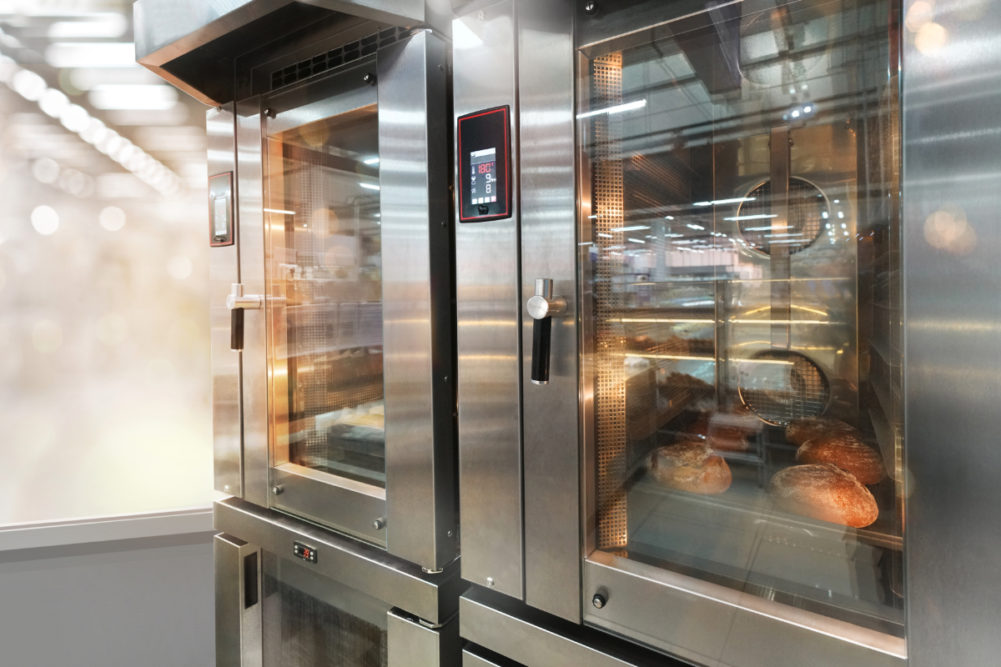In today’s market, the proliferation of product innovation to meet customer needs has prompted bakeries to explore new oven technologies — or mix and match existing ones — to install versatility into operations.
Bakers are seeking to future-proof their production lines by investing in these flexible baking platforms. Instead of installing a dedicated bun line or high-speed process for sliced panned bread, many companies now look for a number of Swiss Army knife ovens where bakers can dial-in various heat delivery methods tailored to the exact product specification required across multiple SKUs. These options include direct-fired-gas, high- or low-energy radiant, and turbulent or impingement convection heat, to name a few.
In its November issue, Baking & Snack’s report on oven technology explores many bakers also are turning to hybrid technology that incorporates multiple types of modular zones with different types of heat-transfer capabilities. Depending on the product variety, bakers can select a specific type of heat transfer for each oven zone designed to achieve the desired product characteristics.
A panned bread, for example, may need the highest heat flux at the start of the bake along with adequate moisture. Cake products usually need a totally different baking profile to ensure an even rise and a flat top surface. For bakers, a hybrid process and a host of emerging technologies are some of the new tools that allow their production facilities to efficiently create a wider variety of baked foods for the variety of markets they serve.






